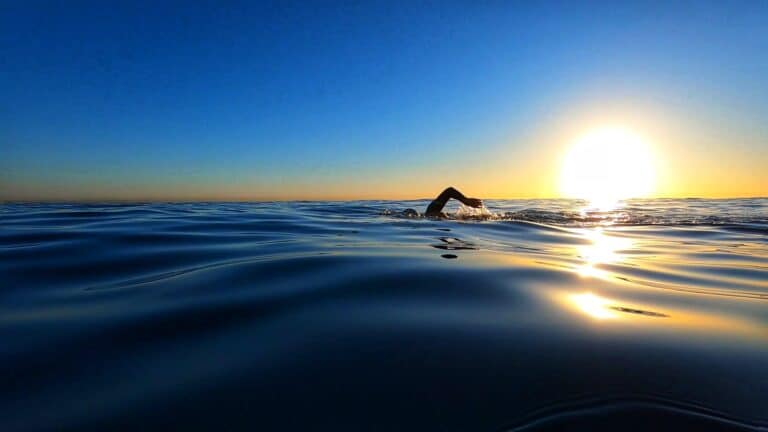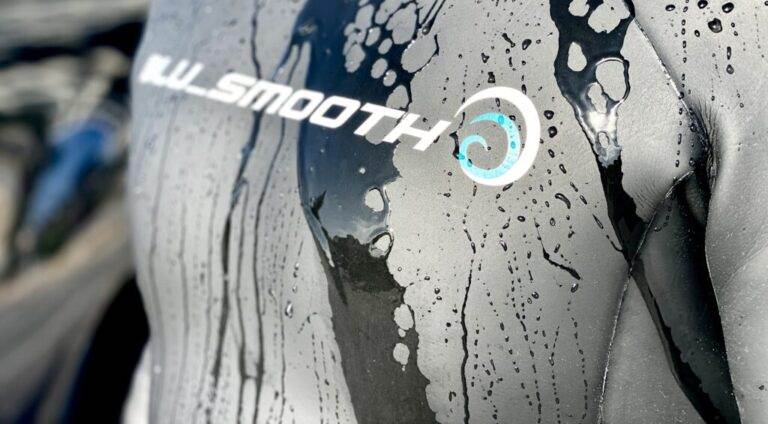Swimmers and triathletes have faced a daunting array of options since the advent of the first swimming wetsuits in the mid-1980s, including an abundance of features, neoprene thicknesses, materials, and prices. Buying a wetsuit can therefore be an overwhelming task.
However, having a grasp of the fundamental principles behind swimming wetsuits and their purpose can be beneficial. While advancements in materials and design have occurred over time, the fundamentals have remained unchanged.
Therefore, it is essential to highlight these basics and elucidate the key factors to consider when selecting a wetsuit.
Key Factors to Consider when Buying a Wetsuit:
1. The Buoyancy
2. The Flexibility
3. The Warmth of the Wetsuit
When buying a wetsuit, warmth is a crucial factor to consider. The equation is simple: the thicker the wetsuit, the warmer it will be. A swimming wetsuit that covers a range of neoprene thicknesses, from 1.5 mm to 5mm in different areas, will undoubtedly be warmer than a suit with a maximum thickness of 3mm.
Despite being made of non-absorbent, Smoothskin neoprene, swimming wetsuits won’t keep you completely dry, and some water will inevitably get into the suit. However, your body will soon heat up the water, especially when you’re actively swimming.
Wetsuits ranging from 1.5mm to 5mm in thickness are generally suitable for water temperatures as low as 11-12 degrees Celsius. Anything lower than this will require accessories to protect your extremities, such as your head, hands, and feet. By keeping warmth in mind when buying a wetsuit, you can ensure that you have a suit that will keep you comfortable and warm in the water, allowing you to swim with ease.
4. The Fit of the Wetsuit
When buying a wetsuit, fit is an essential factor to consider. Even if a wetsuit has all the right features, it won’t matter if it doesn’t fit well. If it’s too big, it will take in too much water, and if it’s too small, it will restrict your range of motion, resulting in little or no advantage in wearing it.
A swimming wetsuit, when dry and fitted on land, should be comfortably tight. Of course, it’s easy to tell when a wetsuit is too tight or small, but what’s important to note is that the suit will expand and immediately feel looser once you are in the water.
It’s always a good practice to let a little water into your wetsuit when entering the water, usually through the neck. This allows you to make any final adjustments, ensuring that it is snug in all the right areas. By ensuring a proper fit when buying a wetsuit, you can be sure that you have a suit that will provide optimal comfort and performance in the water.
When selecting a wetsuit, consider the level of buoyancy required, the flexibility of the suit, the level of warmth needed, and the importance of a snug and comfortable fit. By taking these factors into account, you can ensure that your wetsuit provides optimal comfort and performance in the water, allowing you to focus on your swimming or triathlon performance without any distractions or discomfort.
With so many high-quality wetsuits available on the market today, buying a wetsuit that meets your needs has never been easier. So, don’t let the vast array of options overwhelm you. Instead, keep the above factors in mind and make an informed choice to elevate your swimming or triathlon experience to the next level.
Take a look at our wetsuit selection and follow BluSmooth on Facebook to keep up to date with Blu Smooth news.



